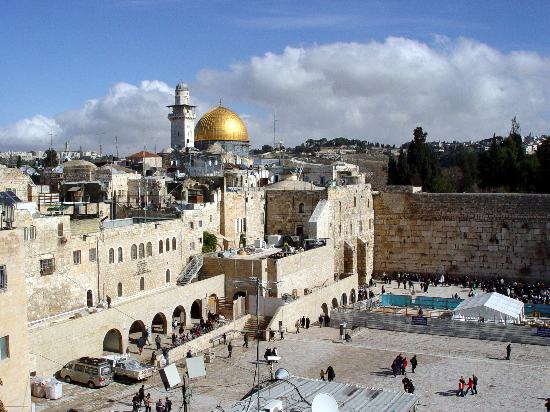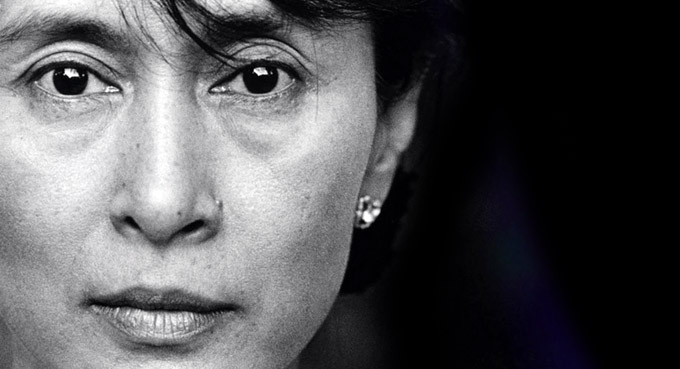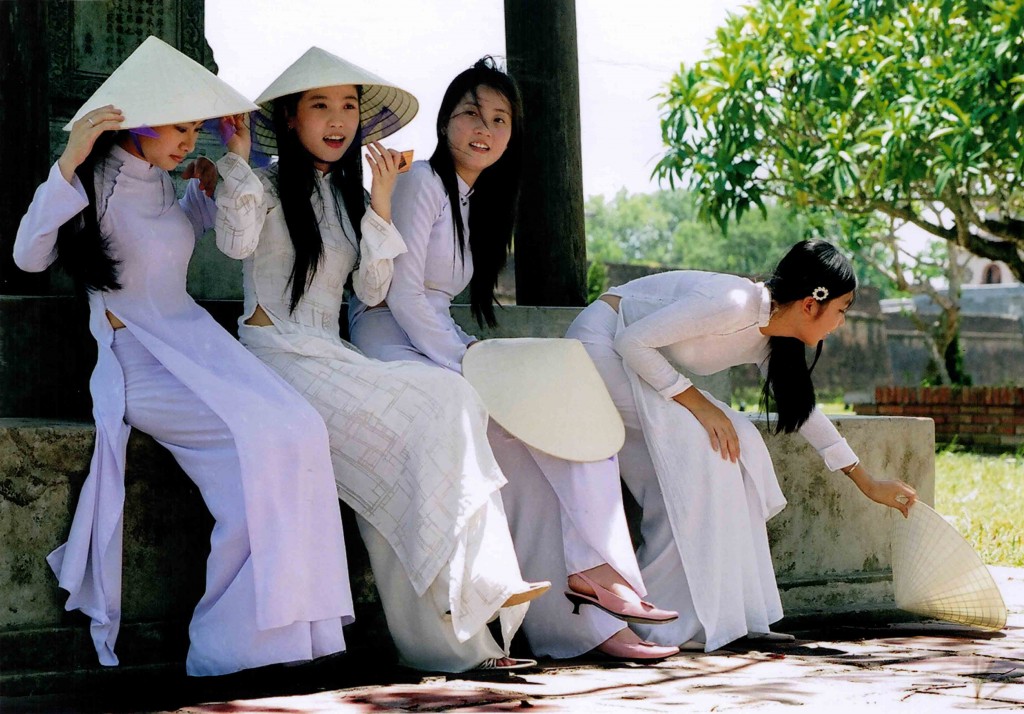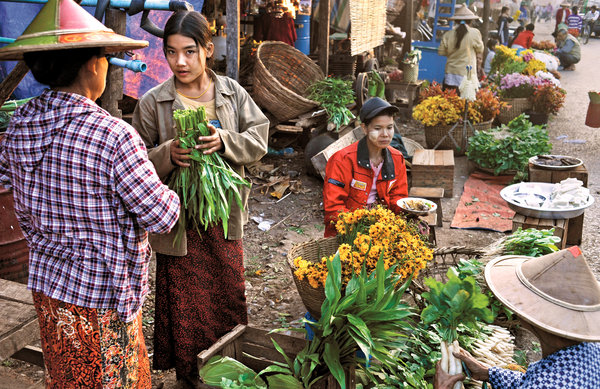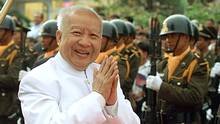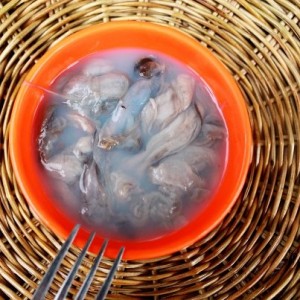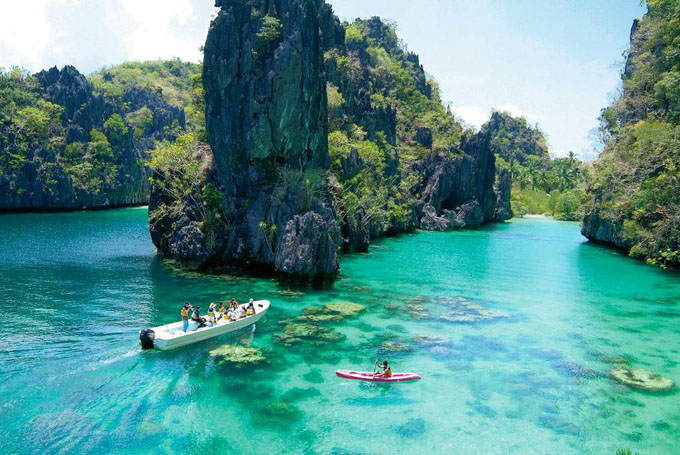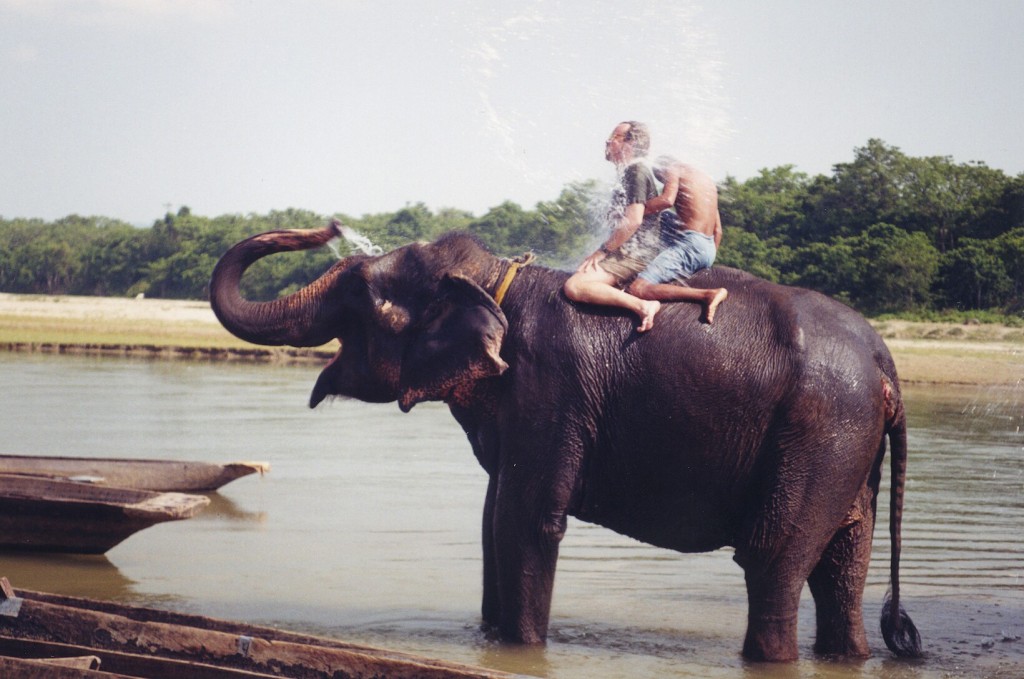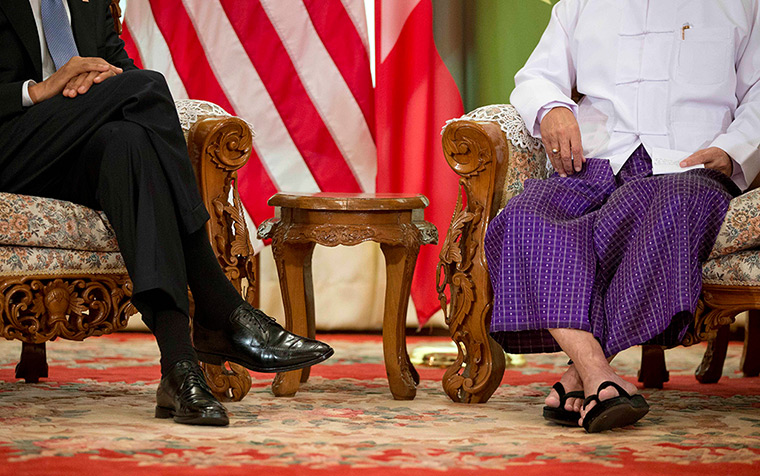
Outside, the streets were blocked and hard-faced policemen kept order with the brisk and bored efficiency that comes from long practice. Inside, grey-haired opposition politicians joked, students photographed one another and representatives of Burma‘s scores of ethnic minorities in traditional woven caps waved excitedly.
Then the wait was over and the president of the United States of America stepped out on to the stage of the recently refurbished Convocation Hall of the University of Rangoon, closed to undergraduates for decades by authorities who feared unrest.
“When I took office as president, I sent a message to those governments who ruled by fear: we will extend a hand if you are willing to unclench your first,” Barack Obama declared. “So today, I have come to keep my promise, and extend the hand of friendship.”
Six hours earlier Obama had become the first US president to visit Burma when he flew in from Thailand on the second leg of his first overseas trip since re-election. He was met by tens of thousands of flag-waving well-wishers who lined his route from the airport.
A key aim of Obama’s trip is to emphasise his administration’s strategic reorientation away from the Middle East and towards the Asia Pacific region and by the time he reached the hall he had already met President Thein Sein, the former army general who has driven through many recent reforms, before seeing veteran pro-democracy campaigner Aung San Suu Kyi at the lakeside home where she spent much of the last 20 years under house arrest.
He was accompanied by Hilary Clinton, the US secretary of state, who had met and reportedly greatly liked the Nobel Prize Laureate, when she had visited Rangoon a year ago.
Burma has undergone rapid change in the last two years which have seen parts — though by no means all — of a brutally repressive regime dismantled. Censorship has been eased, some political prisoners freed and a bye-election held which saw opposition politicians enter parliament.
Crucially too, Chinese influence, growing fast in recent years, has waned.
The president’s message was thus not just to the 1,300 activists and young people in the Convocation Hall. It was directed to the Burmese hardliners who oppose any further change in the poor and long-isolated nation, as well as to other regional powers.
“Something is happening in this country that cannot be reversed, and the will of the people can lift up this nation and set a great example for the world,” he said.
The president’s trip has been criticised by human rights activists and exile groups who say it comes to soon. But aides have argued that engaging more fully now with Burma will encourage reform in the country and across the region.
“Here in Rangoon, I want to send a message across Asia: we don’t need to be defined by the prisons of the past. We need to look forward to the future,” the president said.
But most of his 30 minute address was devoted to outlining a vision of a prosperous, free and democratic Burma.
Speaking of four freedoms — to speak, to associate, to worship and to live without fear — he was applauded when he said that in a democracy the most important “office holder” was “the citizen”.
Obama also mentioned political prisoners several times, spoke of recent ethnic violence largely directed against Rohingya Muslim minority and stressed the need to find peace and embrace diversity as the US had done.
“This remarkable journey has just begun, and has much further to go,” he said. “Reforms launched from the top of society must meet the aspirations of citizens who form its foundation. The flickers of progress that we have seen must not be extinguished, they must be strengthened.”
Thant Myint-U, a Burmese historian who was in the audience, said the speech, broadcast live throughout the country, had “resonated” as “exposure to western democracy has a powerful effect here.”
Thinzar Khin Myo Win, a 28-year-old teacher, said Obama’s words meant “everything for the people of Myanmar.”
“He really said to each of us that the power of the people can really change the country. That was great,” she added.
For Dr Tu Ja, a senior political leader of the Kachin minority in the north of the country, Obama’s visit was “unimaginable”.
“This is a historic thing today. The gap between here and the US is very big but we can learn a lot from them,” he told The Guardian.
Outside the university, the crowds which had lined the streets waving pennants had dispersed, many heading to roadside stalls with television screens to watch the speech again.
Aides said that Obama had decided to visit the famous Shwe Dagon pagoda, the country’s holiest shrine, after seeing the tens of thousands lining the pavement. Taxi drivers flew Stars and Stripes pennants.Obama left Burma on Air Force One for Cambodia, another country never visited by a US president.
The White House said the president would raise US concerns about Cambodia’s human rights record during a meeting with the prime minister, Hun Sen. He also met the leaders of 10 member states of the Association of Southeast Asia Nations (ASEAN), as part of the move to increase US involvement in Asia.
At the summit, the White House said they agreed to “deepen our diplomatic, economic, security, and people-to-people ties with the key Asian multilateral organisation”.
It added: “Recognising the importance of enhancing US-ASEAN ties, the leaders agreed to institutionalise the leaders meeting to an annual summit as a further step towards raising the US-ASEAN partnership to a strategic level.”
